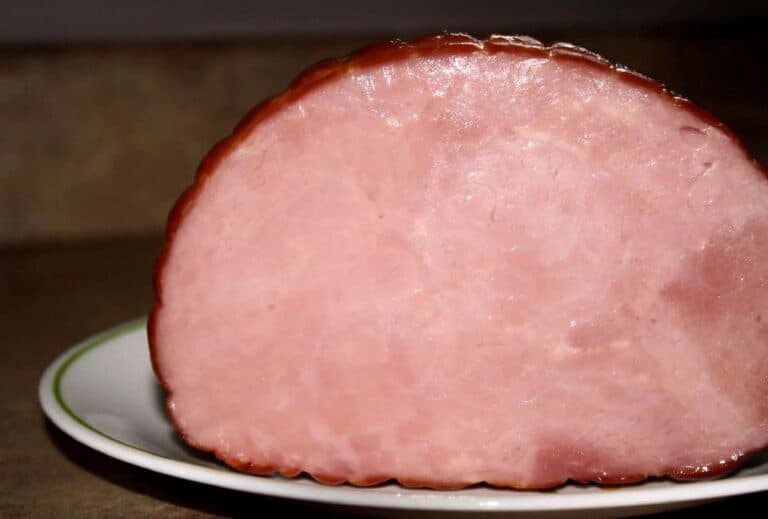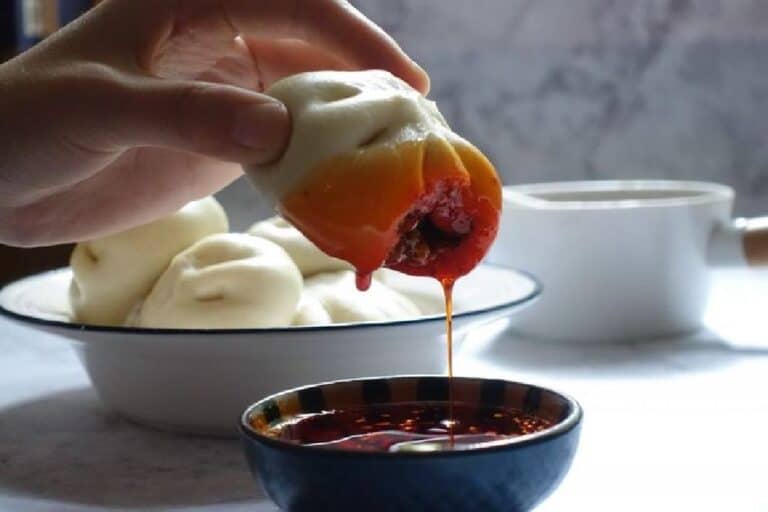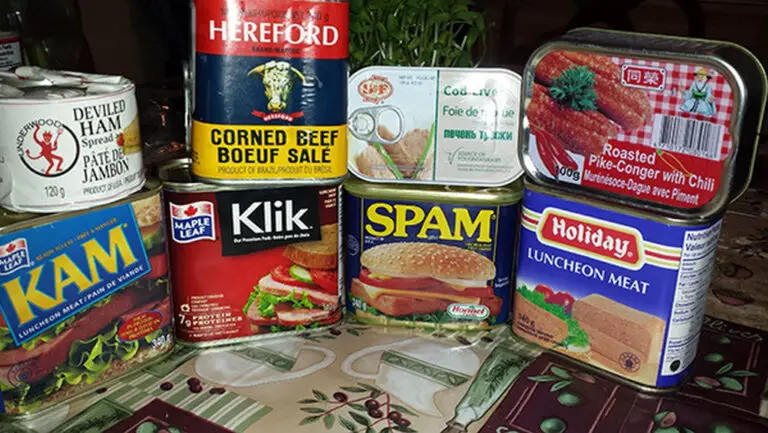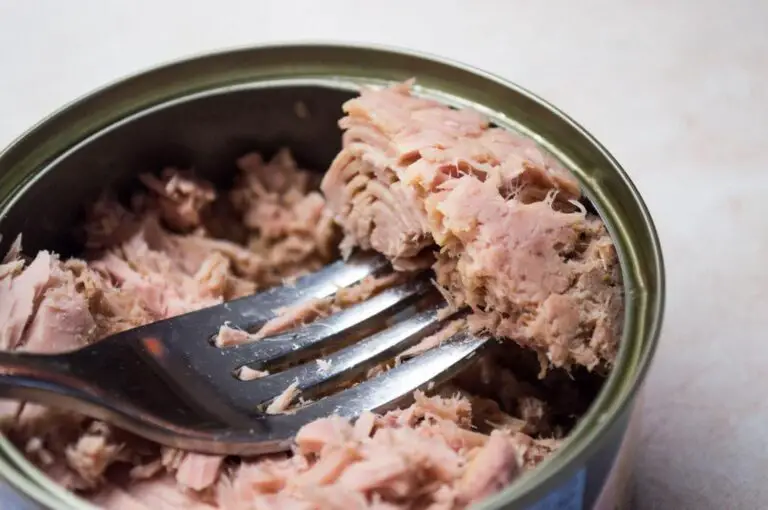How Do You Keep Ham From Turning Brown? Tips on Keeping Fresh
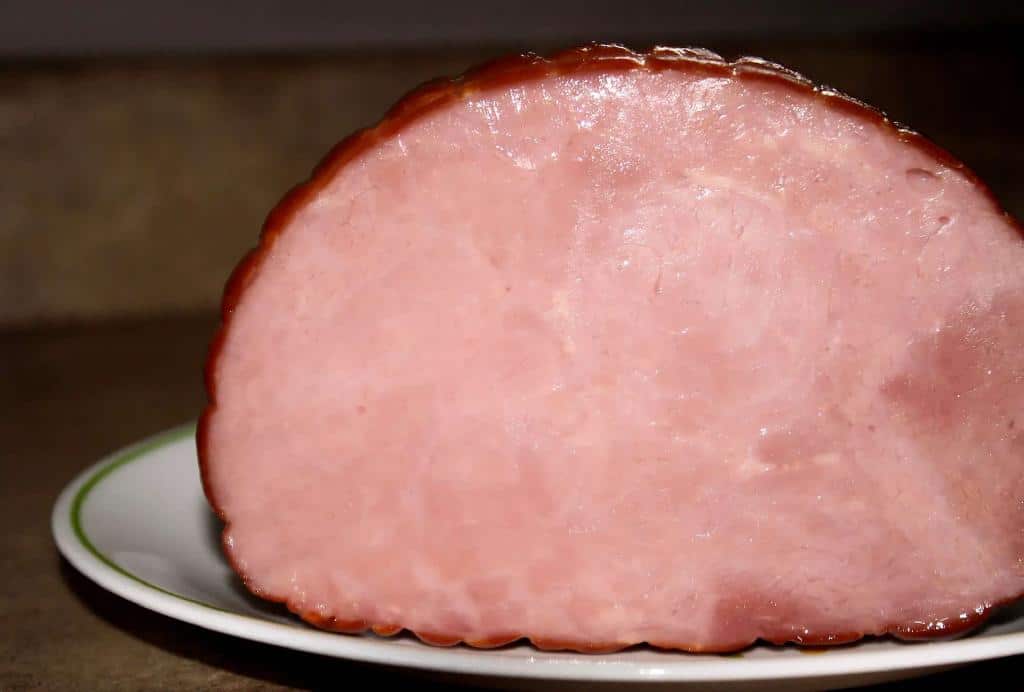
Welcome to the world of ham mastery, where the quest for a perfectly preserved, succulent slice takes center stage. “How do you keep ham from turning brown?” —a question that has intrigued culinary enthusiasts and home cooks alike.
As we embark on this flavorful journey, we’ll unravel the secrets to maintaining ham’s natural vibrancy, ensuring that each serving is a feast for both the eyes and the palate.
Picture this: a holiday spread with a gleaming ham at the center, inviting everyone to indulge in its savory glory. Yet the threat of browning looms. Fear not, for within these tips lie the keys to ham perfection. From the science of oxidation to the art of storage, we’ll explore the intricacies that transform ham from a mere dish to a culinary masterpiece.
So, tighten your apron and get ready to elevate your ham game with insights that not only preserve its freshness but also enhance your culinary prowess.
Understanding the Oxidation Process
Unlocking the mysteries behind the browning of ham involves delving into the fascinating world of chemical reactions. When exposed to air, ham undergoes oxidation, a process where the meat reacts with oxygen. This reaction, which enzymes catalyze, changes the color and may slightly alter the flavor of this savory delight.
Oxygen, the silent player in this culinary drama, interacts with pigments in the ham, leading to a change in color. Enzymes, the catalysts of these reactions, influence the speed and intensity of the process. Factors such as temperature, pH levels, and the presence of certain substances can either accelerate or decelerate oxidation.
Understanding these intricate processes empowers you to preserve the aesthetic and flavor integrity of your ham with precision.
Choosing the Right Ham
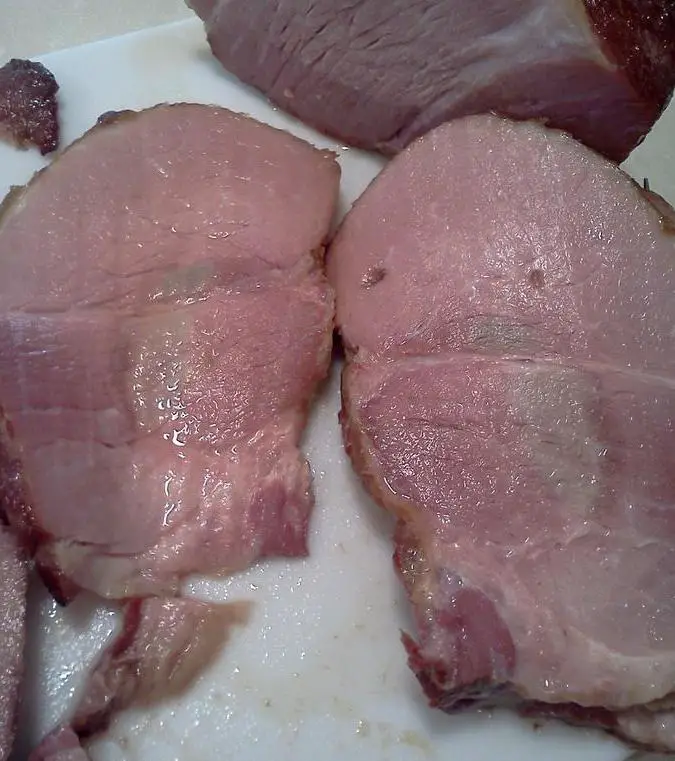
When it comes to keeping your ham pristine, the journey begins with choosing the right one. Not all hams are created equal, and understanding the nuances between various types can make a significant difference. Some hams, like cured and smoked varieties, are more resistant to browning due to their processing methods. On the flip side, fresh hams may be more susceptible to color changes.
When venturing into the realm of ham selection, freshness is paramount. Choose hams with a rosy pink hue, indicating a healthy and recently processed meat. Check expiration dates diligently, ensuring you bring home ham that hasn’t overstayed its welcome on the shelf.
The method of processing also plays a pivotal role in ham’s longevity. Cured and smoked hams often withstand the test of time better than their counterparts, thanks to the preservation techniques involved. Consider this your roadmap to ham excellence, navigating the choices to ensure your next culinary creation begins with the best, freshest ham available.
| Read: Pork Free Spam: Is There Spam Without Pork Meat and Halal? |
Proper Storage: The Foundation of Freshness
The key to preserving ham lies in how you store it. Consider these storage tips to maintain optimal freshness:
- Airtight Containers: Store your ham in airtight containers to limit its exposure to oxygen.
- Refrigeration: Keep your ham in the refrigerator at temperatures below 40°F (4°C) to slow down the oxidation process.
- Divide: If you have a large ham, divide it into smaller portions for more effective preservation.
Wrapping Techniques for Ham Preservation
Wrapping your ham correctly can make a significant difference in its appearance and taste. Here’s how to wrap it right:
- Plastic Wrap or Foil: Wrap ham tightly in plastic wrap or aluminum foil to create a protective barrier against air.
- Resealable Plastic Bag: For an extra layer of defense, place the wrapped ham in a resealable plastic bag.
Mindful Handling: The Art of Preservation to Keep Fresh
Proper handling is crucial to ham preservation. Follow these tips to minimize oxidation:
- Clean Utensils: Use clean utensils when handling ham to avoid introducing bacteria that can expedite oxidation.
- Food-Safe Gloves: Consider wearing food-safe gloves to minimize direct contact with the ham and reduce the risk of contamination.
Oxidation Techniques to Prevent Ham From Turning Brown
Now, let’s explore specific techniques to prevent oxidation and maintain ham’s natural color:
1. Citrus Marinades
Marinate your ham in citrus-based solutions before cooking. The natural acids in citrus fruits can slow down oxidation and infuse delightful flavors into the meat.
2. Honey Glazes
During the cooking process, apply a honey glaze to the ham. Not only does it add a delightful sweetness, but the sugars in honey also act as antioxidants, aiding in color preservation.
3. Vacuum Sealing
Investing in a vacuum sealer is a game-changer. This method removes air entirely from the packaging, significantly reducing the chances of oxidation.
Tips for Slicing and Serving Ham
When it comes to the art of serving ham, precision in slicing is key. To minimize surface exposure and keep the inner meat succulent, slice ham into thin, even pieces. This not only enhances the overall presentation but also helps preserve its natural color and juices. Doing so will not make your ham mushy because excess liquids are out of your slicing ham.
Equally important in this culinary venture is the choice of tools. A sharp knife ensures clean cuts, reducing the likelihood of ham crumbling or tearing. Employ proper cutting techniques, such as slicing against the grain, to enhance the texture and maintain the ham’s structural integrity.
Now, let’s talk presentation. Elevate your ham experience by arranging slices on a platter with flair. Consider creating a visually appealing table with a variety of accompaniments like fresh herbs, fruits, or mustard. A thoughtfully presented ham not only delights the taste buds but also adds a touch of culinary artistry to your dining experience.
FAQs
Can I use lemon juice to prevent ham from turning brown?
Yes, the acidity in lemon juice can slow down the oxidation process.
Is it safe to eat ham that has turned brown?
It depends on the extent of discoloration; refer to signs of spoilage and use your judgment.
Can freezing ham affect its taste and texture?
Freezing may alter the texture slightly, but proper thawing and reheating can mitigate this.
Are there specific types of ham less prone to browning?
Generally, fresh, unprocessed hams are less prone to rapid browning compared to cured or processed varieties.
How can I tell if ham is spoiled?
Look for off smells, unusual textures, or sliminess; discard if you are uncertain about its safety.

